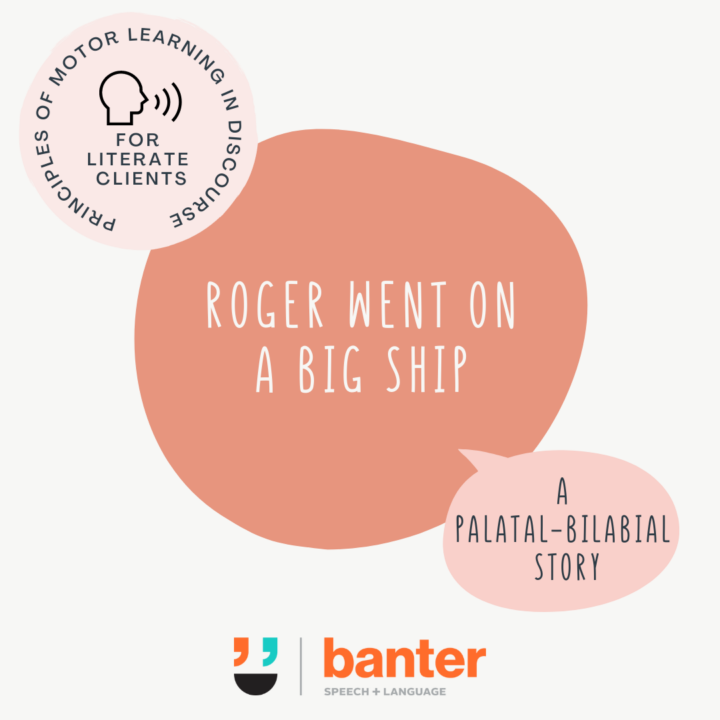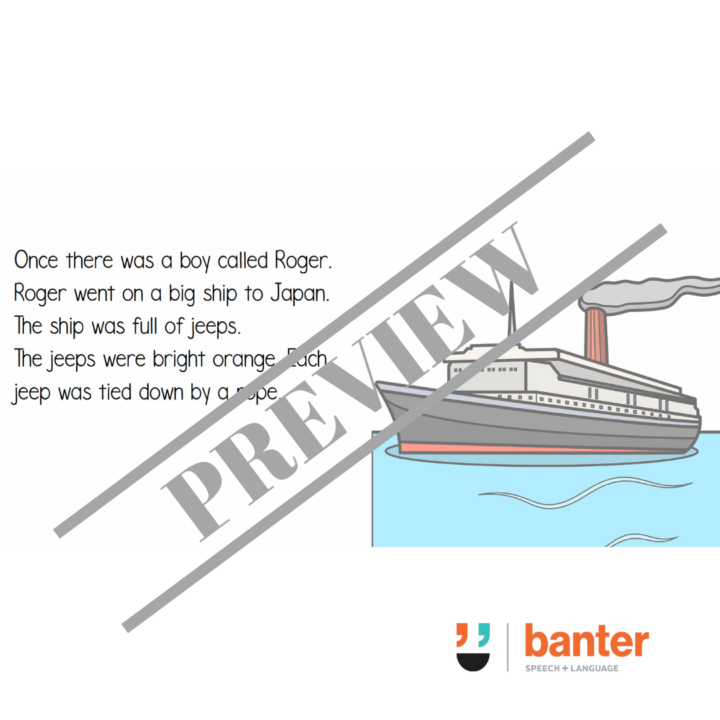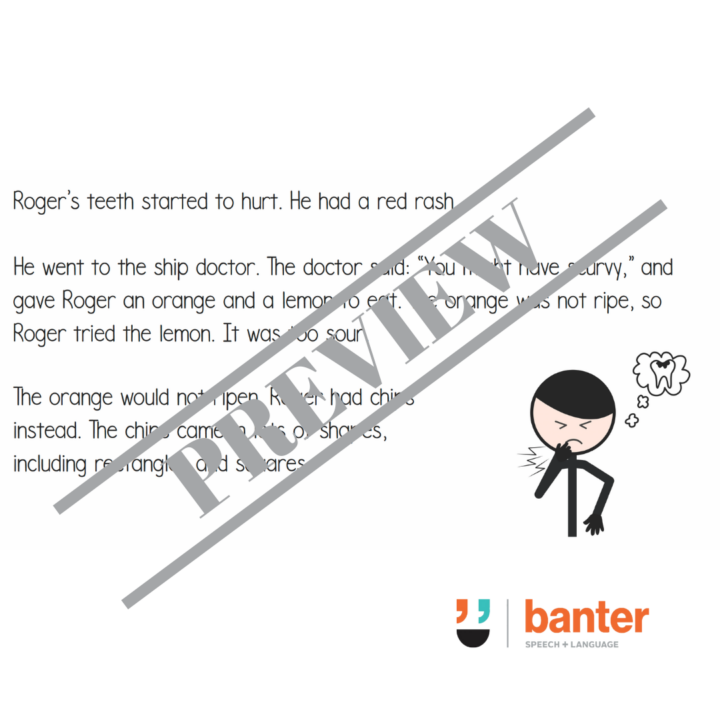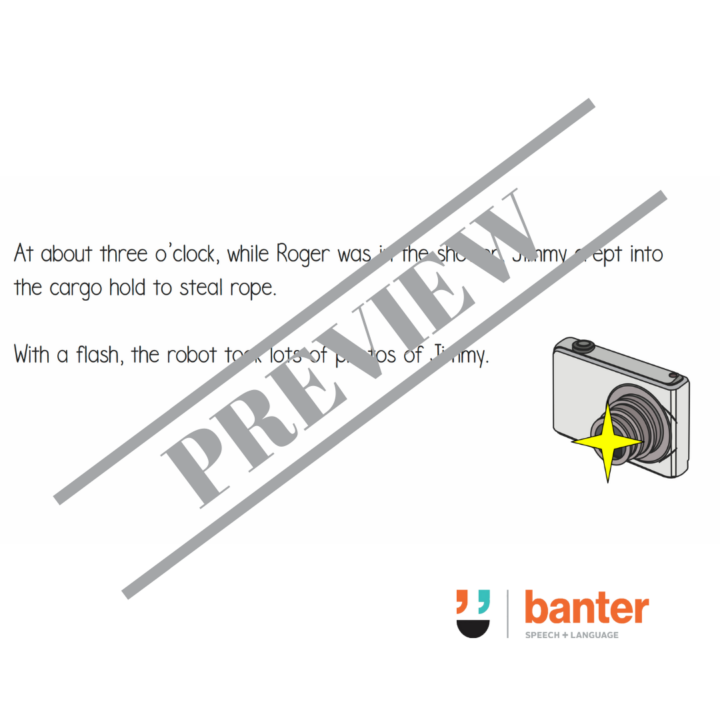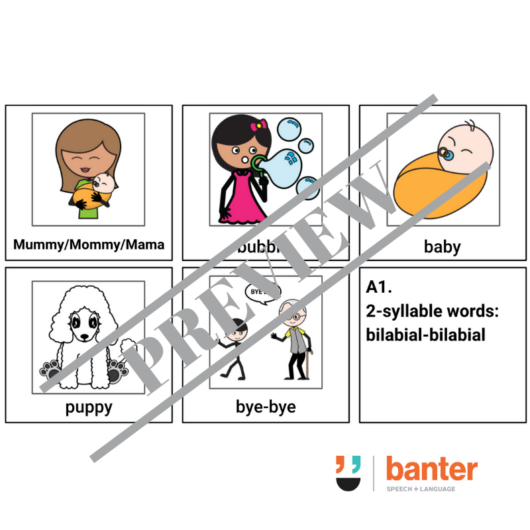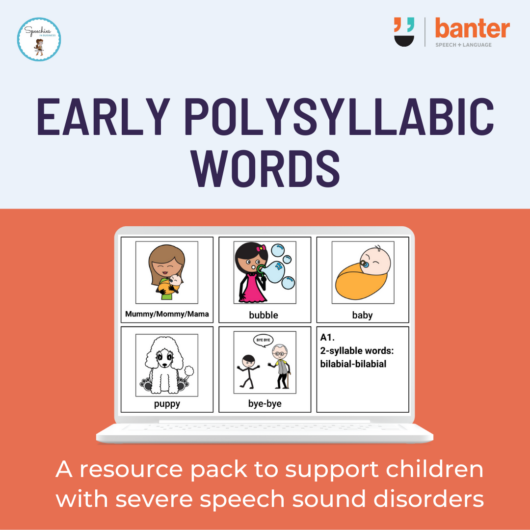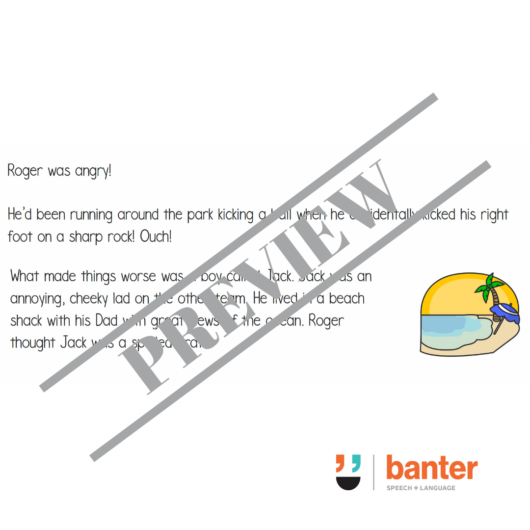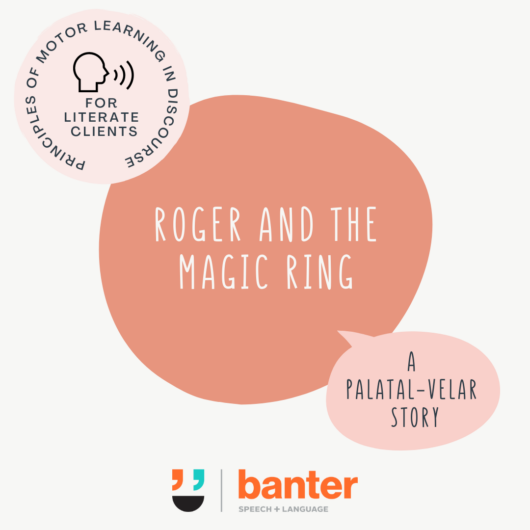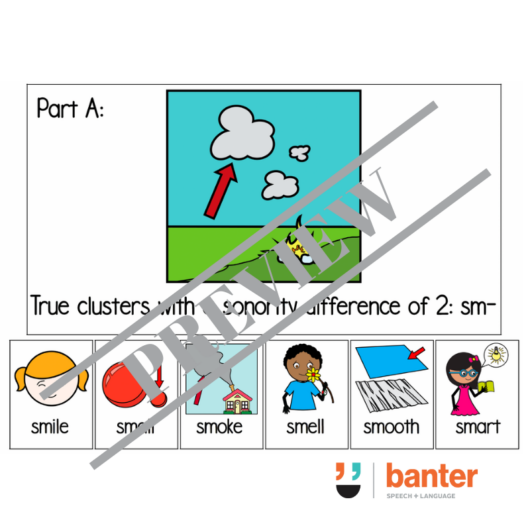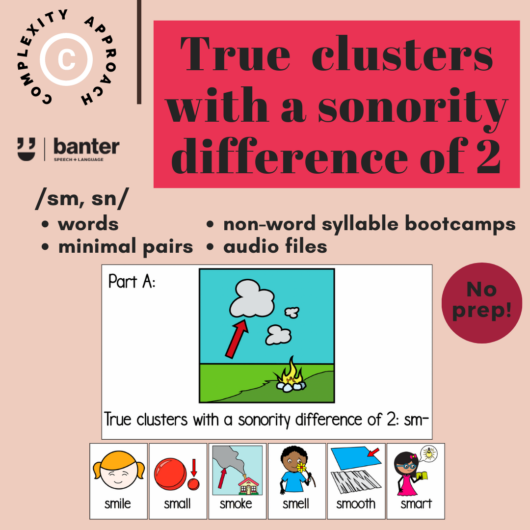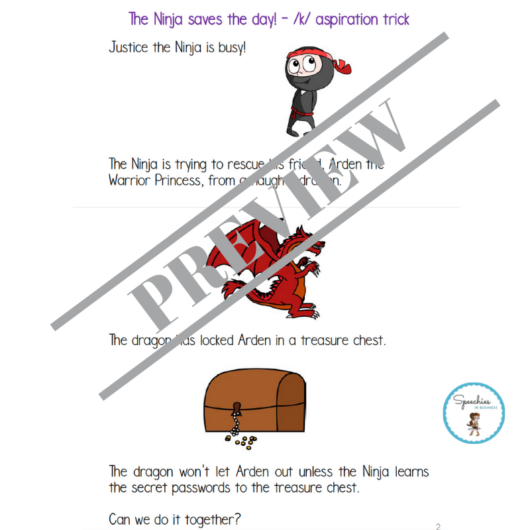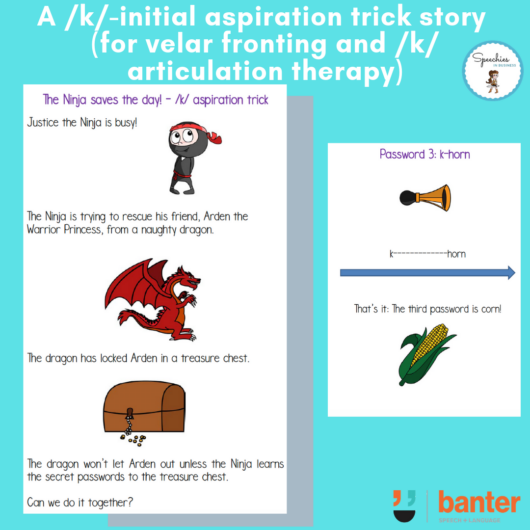Description
Sometimes, unclear speech isn’t caused by problems with speech sounds at the single sound level. Many people – children and adults alike – struggle with the movements required to sequence combinations of speech sounds, e.g. to go from a front sound like /t/ or /d/ to a back sound like /g/ or /k/ and back again quickly.
In this 14-page resource, we target tongue movements, specifically palatal movements with exercises loaded with multiple /r/, “sh”, “ch” and “j” sounds to “bilabial” sounds where the lips are together (e.g. /p, b, m, w/).
This articulation story is designed to train specific speech sound movements. It is a not tongue twister in the traditional sense. Instead, this story is loaded with words and phrases designed to target a particular pattern of speech movement.
Clinically, we’ve had good results using this and our other motor speech stories with a variety of clients, including older children with residual speech sound errors and adults with speech issues associated with traumatic brain injuries, aphasia, and mild apraxia of speech. We’ve also used them in accent modification training to train movements that are common in English, but not common in a client’s first language. For younger children with good or advanced language skills, we have adapted these stories into sentence repetition drills as part of randomised speech programs. We hope you and your clients find them useful.
